"No Book This Year" tells the story of Yalda, a former staff member of Afghanistan's booth at the Frankfurt Book Fair. Years after the booth's closure, Yalda takes it upon herself to independently relaunch Afghanistan's presence at the fair. Despite numerous challenges and obstacles, her unwavering determination to showcase Afghan literature and culture shines through, illustrating the resilience of the human spirit in preserving cultural heritage.
Related Movies
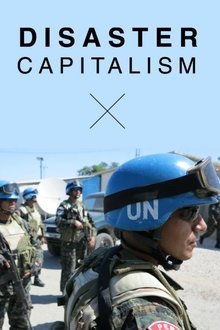
Disaster Capitalism (2018)
A documentary that reveals the underbelly of the global aid and investment industry. It's a complex web of interests that span the earth from powerful nations and multinational corporations to tribal and village leaders. This documentary offers unique insights into a multi-billion dollar world by investigating how aid dollars are spent.
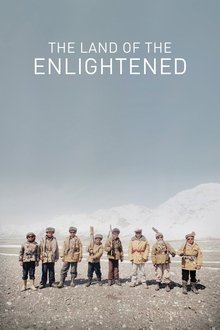
The Land of the Enlightened (2016)
A group of Kuchi children are living in a minefield around Bagram airfield, Afghanistan. They dig out anti-personal mines in order to sell the explosives to child workers mining in a Lappis Lazulli mine. The trajectory of the blue precious stones goes towards Tajikistan and China, through an area controlled by child soldiers. When they are not waging their own mini-wars in the daily madness of life in Afghanistan, the children are fleeing away in their personal fantasies and dreams, while the American soldiers are planning their retreat...

Afghan Spring (1989)
With Afghan Spring, Noriaki Tsuchimoto widened his focus to the international arena. Working in collaboration with his compatriot, Hiroko Kumagai, and Afghan film-maker, Abdul Latif, he examined society and politics in Afghanistan af the time of the Soviet withdrawal. The film now serves as a valuable record of a culture partially destroyed soon after by the Taleban regime.
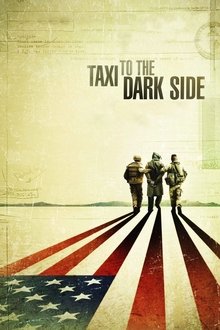
Taxi to the Dark Side (2008)
An in-depth look at the torture practices of the United States in Afghanistan, Iraq and Guantanamo Bay, focusing on an innocent taxi driver in Afghanistan who was tortured and killed in 2002.
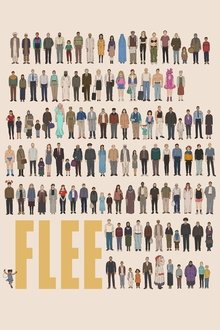
Flee (2021)
Recounted mostly through animation to protect his identity, Amin looks back over his past as a child refugee from Afghanistan as he grapples with a secret he’s kept hidden for 20 years.
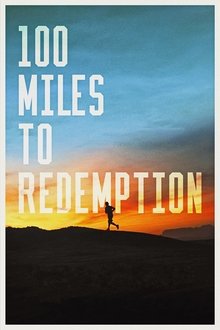
100 Miles to Redemption (2022)
A poignant story about overcoming our demons and finding hope through darkness. Haunted by the affects of PTSD induced by fighting a war, the physical injuries that led to copious amounts of opiates, the emotional strain of his squad leader committing suicide, losing his best friend from overdosing on heroin, all combined with his drug addiction ultimately left Shawn losing all hope in life.
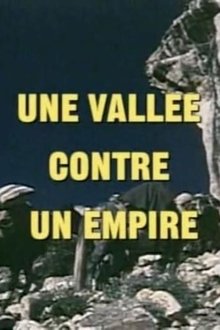
Une vallée contre un empire (1981)
When the Soviet troops entered Afghanistan in December 1979, Christophe de Ponfilly and Jérôme Bony made their first clandestine reportage in the Panjshir valley. "A valley against an empire" testifies to the beginning of the struggle of a young commander, Amah Shah Massoud.
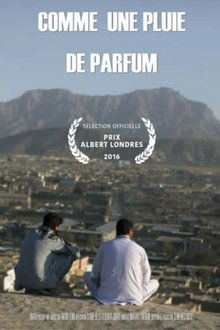
Comme une pluie de parfum (2015)
Five Afghan men try to reach Europe. The filmmakers followed them for over six months, filming their clandestine journey and chronicling a migration combining fantasy and stark reality, setbacks and achievements, in the midst of the dangers of such trips.
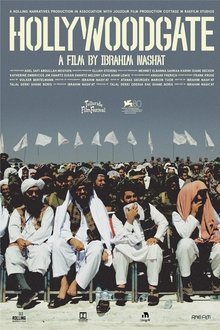
Hollywoodgate (2024)
Immediately after the US pullout from Afghanistan, Taliban forces occupied the Hollywood Gate complex, which is claimed to be a former CIA base in Kabul.
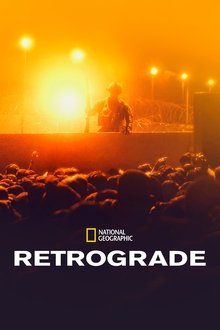
Retrograde (2022)
The story of the last months of the 20-year war in Afghanistan through the intimate relationship between American Green Berets and the Afghan officers they trained.
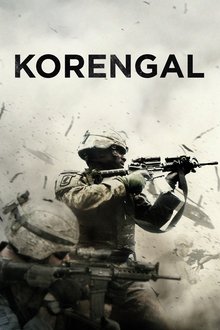
Korengal (2014)
Korengal picks up where Restrepo left off; the same men, the same valley, the same commanders, but a very different look at the experience of war.
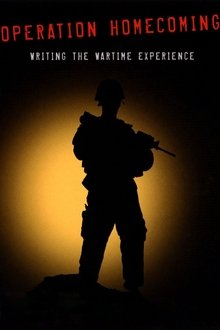
Operation Homecoming: Writing the Wartime Experience (2007)
A unique documentary about troops' experiences in Iraq and Afghanistan, based on writings by soldiers, Marines, and air men.

Afghanistan: The Unknown Country (2011)
A journey through the parts of Afghanistan that don't normally feature in news coverage to meet some amazing people and see fascinating places. Lyse Doucet uses her many years experience in Afghanistan to show a different side of a country which has been at war for 30 years.
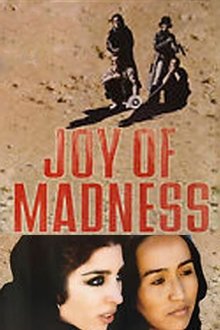
Joy of Madness (2004)
Documentary showing the backstage of production of Samira Makhmalbaf's film Panj É Asr(At Five in the Afternoon), in Kabul, after the fall of the Taliban regime. Everything was recorded with a small digital camera by Samira's 14-year-old sister Hana.
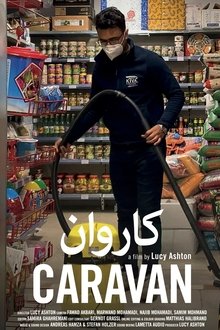
Caravan (2024)
The four Afghan refugees who have applied for asylum in Austria strike up the song, “The caravan moves on” again and again. Encouraged by the journalist Lucy Ashton to record their lives on their smartphone cameras as a video diary, the friends film their precarious daily routine between visits to authorities, small jobs, and changing accommodations. Yet even when hope is lost, one certainty remains: the power of friendship.

Afghanistan: The Battle for Helmand (2011)
Mark Urban tells the inside story of Britain's fight for Helmand, told with unique access to the generals and frontline troops who were there.
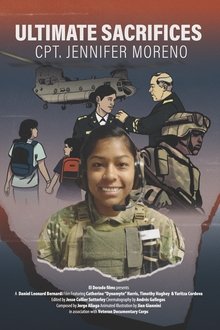
Ultimate Sacrifices: CPT. Jennifer Moreno (2022)
"Ultimate Sacrifices" tells the inspiring and tragic story of Captain Jennifer Moreno, a U.S. Army nurse and member of the elite Cultural Support Team in Afghanistan. A top marksman and leader in San Diego High School's JROTC program, Moreno rose to prominence as a warrior, bridging cultural divides during dangerous combat missions. Her bravery and sacrifice during a 2013 raid, where she lost her life while aiding a fallen Army Ranger, highlight her extraordinary courage and dedication to service. This film honors her life, from her humble beginnings to her enduring legacy, showcasing the valor of Mexican immigrants.
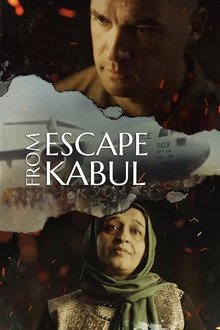
Escape from Kabul (2021)
Unfolding over 18 monumental days in August 2021, this deeply immersive and emotional documentary combines never-before-seen archival footage from those on the ground at the airport with exclusive interviews with people who were there throughout the period, including Afghan citizens attempting to flee, U.S. Marines tasked with managing the evacuation, and Taliban commanders and fighters who had recently taken the city.
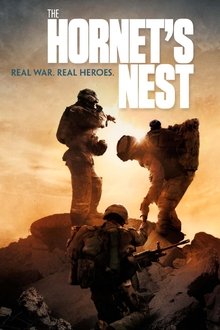
The Hornet's Nest (2014)
Armed only with their cameras, Peabody and Emmy Award-winning conflict Journalist Mike Boettcher, and his son, Carlos, provide unprecedented access into the longest war in U.S. history: they are embed with U.S. troops during nine days of intense combat in Afghanistan.
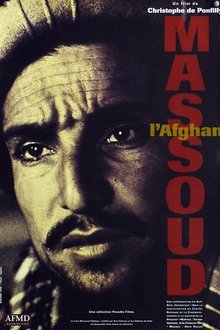
Massoud the Afghan (1998)
The friendship between Christophe de Ponfilly and Commander Massoud, a legendary figure of the Afghan resistance against the Soviet invader, goes back to the filmmaker's first film, "A Valley Against an Empire", made in 1981. Fifteen years later, weakened, isolated, betrayed by many of his own, the "Lion of Panshir" has not surrendered to his new and implacable enemies, the Taliban. While preparing his next offensive, he evokes his commitment and his fights, and bears witness to a history in which he has been one of the main actors for twenty years. At the same time, the director questions the role and power of the media, as well as his own approach as a filmmaker. Commander Massoud was killed in an attack in September 2001.